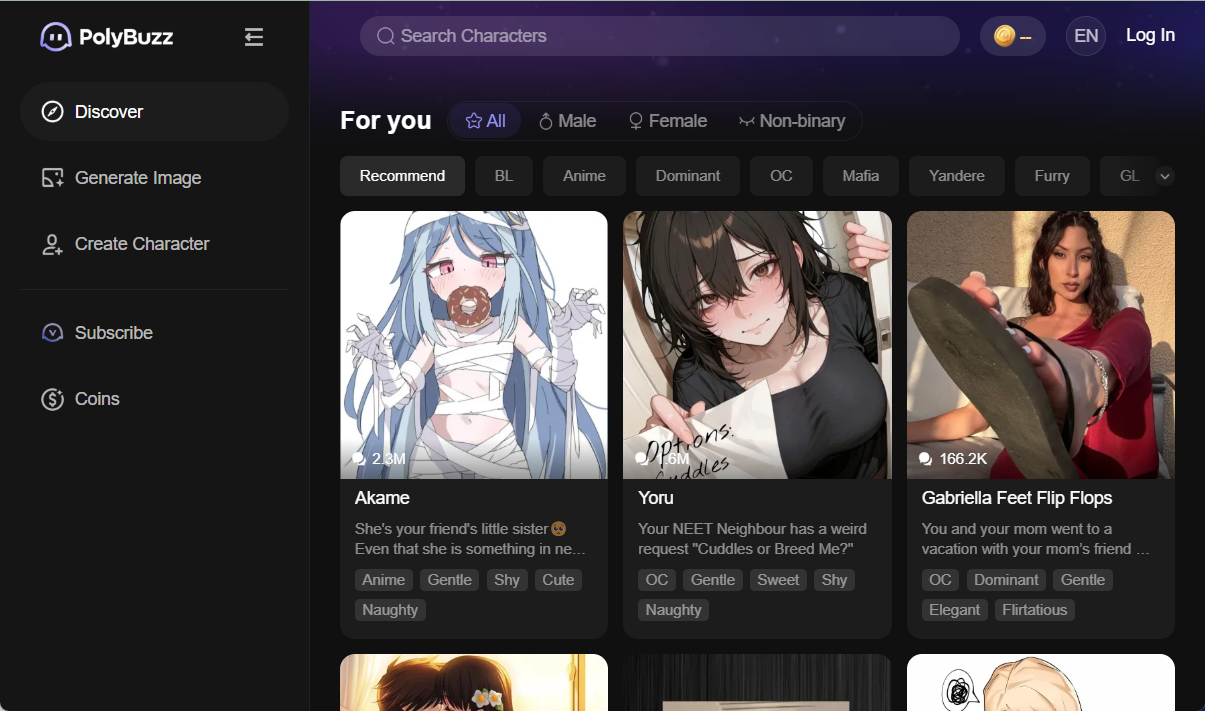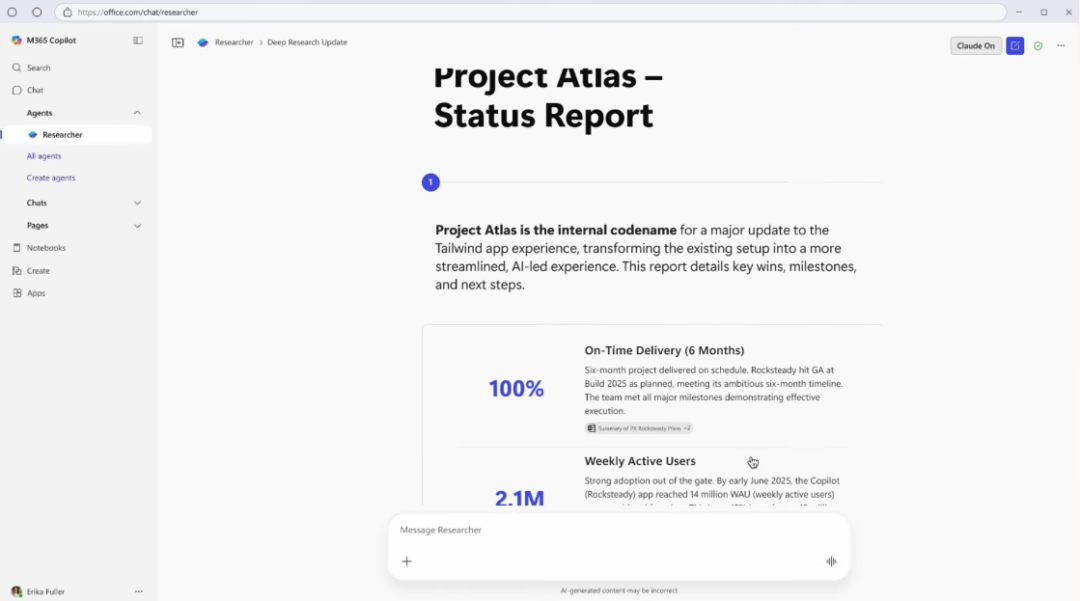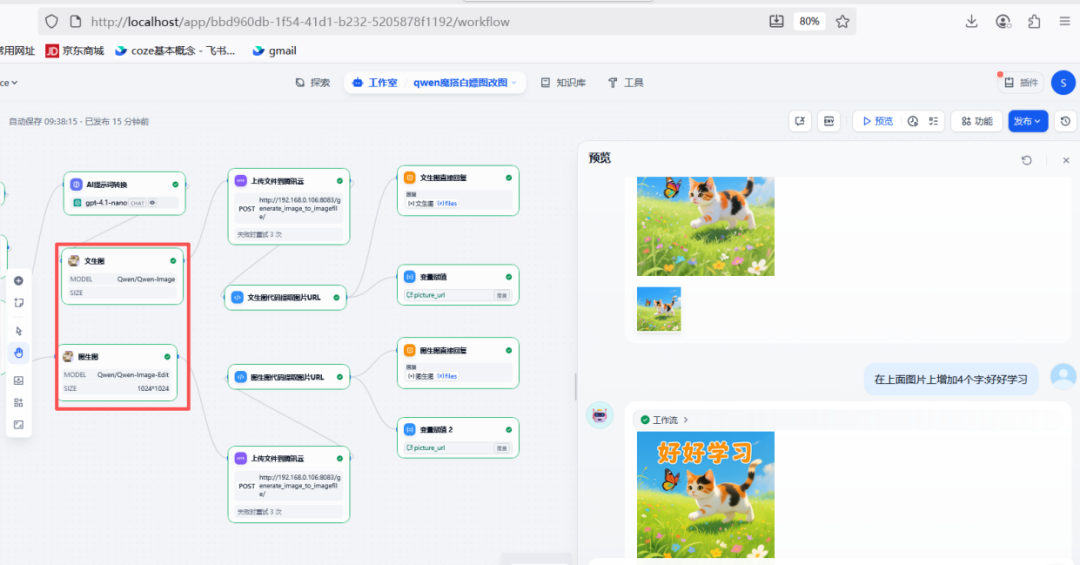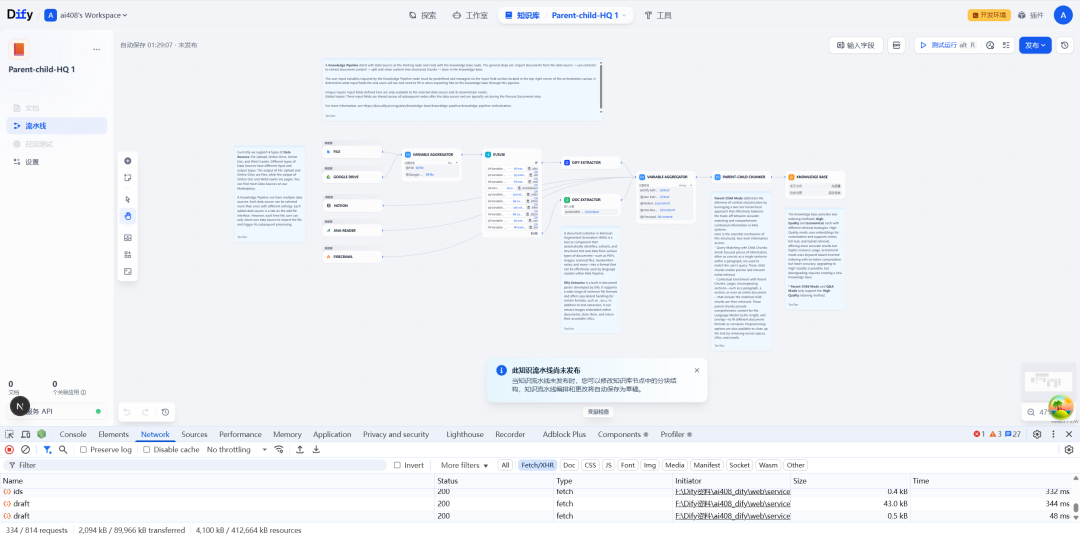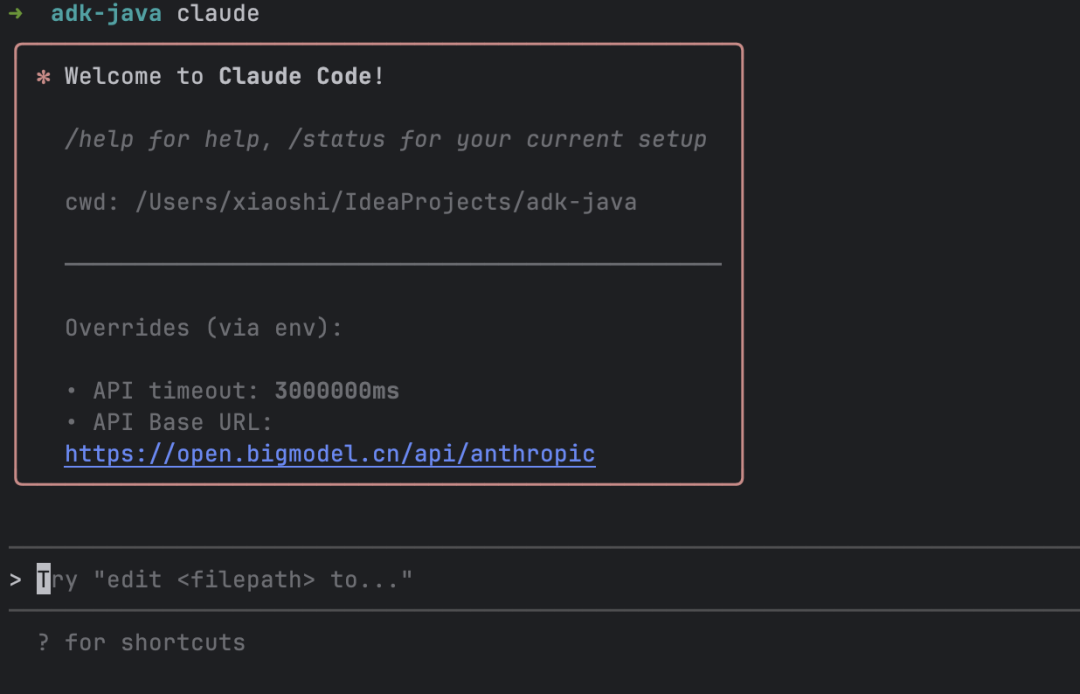Automated Reference Generation System Operation Guide
The perfect full-process solution to the problem of formatting confusion:
- Literature source capture: When browsing academic web pages, click on the Grammarly icon to activate "Intelligent Recognition", which automatically extracts metadata such as author, title, year of publication, and so on.
- format conversion: Select the desired criteria in the pop-up window:
- APA: Psychology/Education
- MLA: Humanities
- Chicago: History/Business - Synchronization of markers in the text: The system automatically generates corresponding in-text citations (e.g., "(Smith, 2023)") and a list of references at the end of the text, maintaining exact consistency
- cross-validation: Use the "Format Audit" feature to check the whole piece, especially:
- Harmonization of punctuation (placement of sentences)
- Italicization norms (journal titles/book titles)
- DOI Link Validity
Efficient Tips: Create your own personal "Frequently Used Literature Library" to enable one-click insertion of duplicate citations. Link with Zotero and other literature management tools to handle hundreds of citations for large papers.
This answer comes from the articleGrammarly: the smart tool for proofreading and optimizing written content in real timeThe








